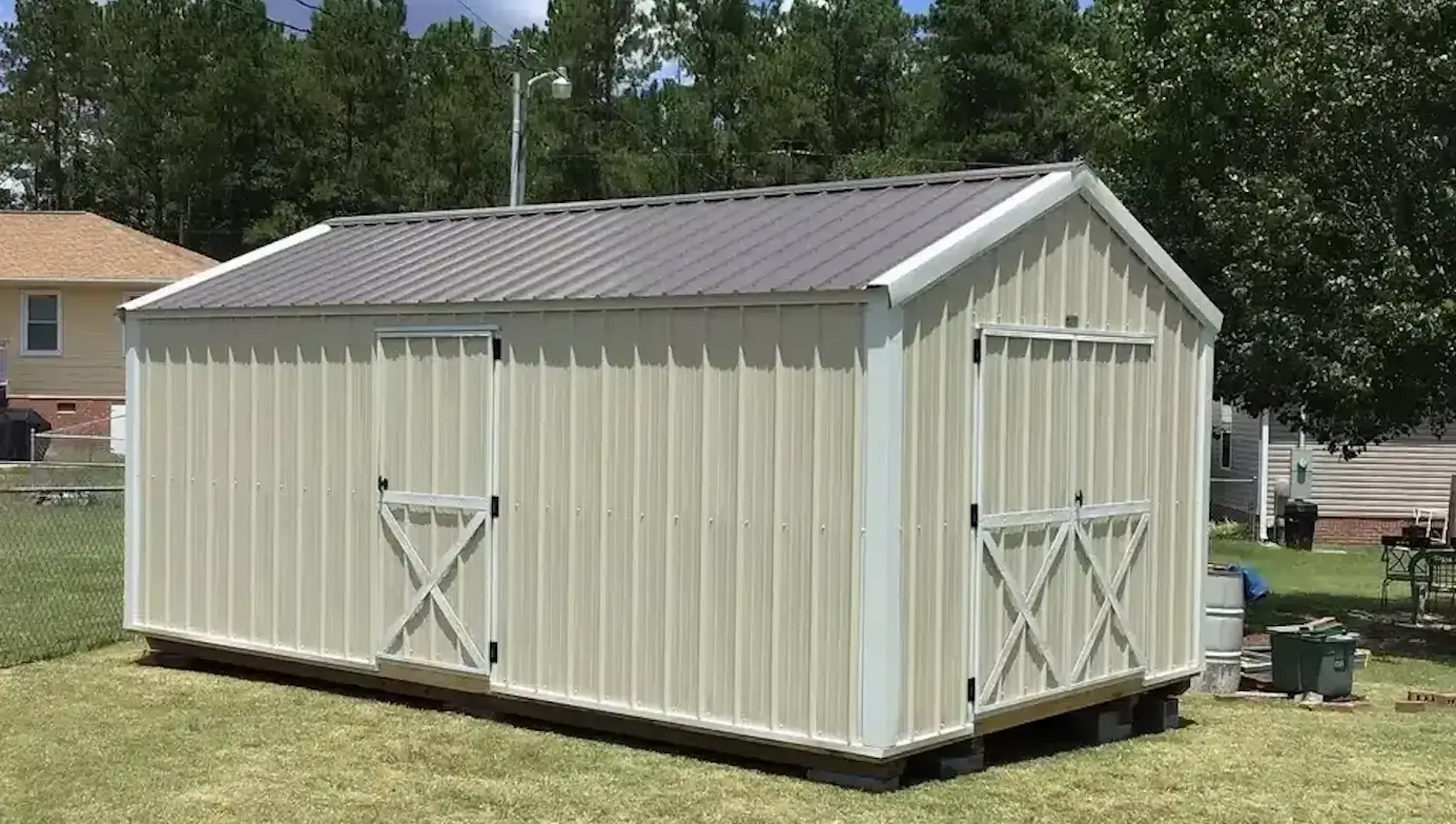
Outdoor Living
We unite suppliers and green industry professionals worldwide
Eastern Cottonwood (Populus deltoides) is a majestic tree, which is recognized by its triangular, shimmering green leaves that flutter gracefully in the wind. Its wide canopy can give you precious summer within just a few years — uncommon for a deciduous
By Mariam Scott
|Published on November 30, -1
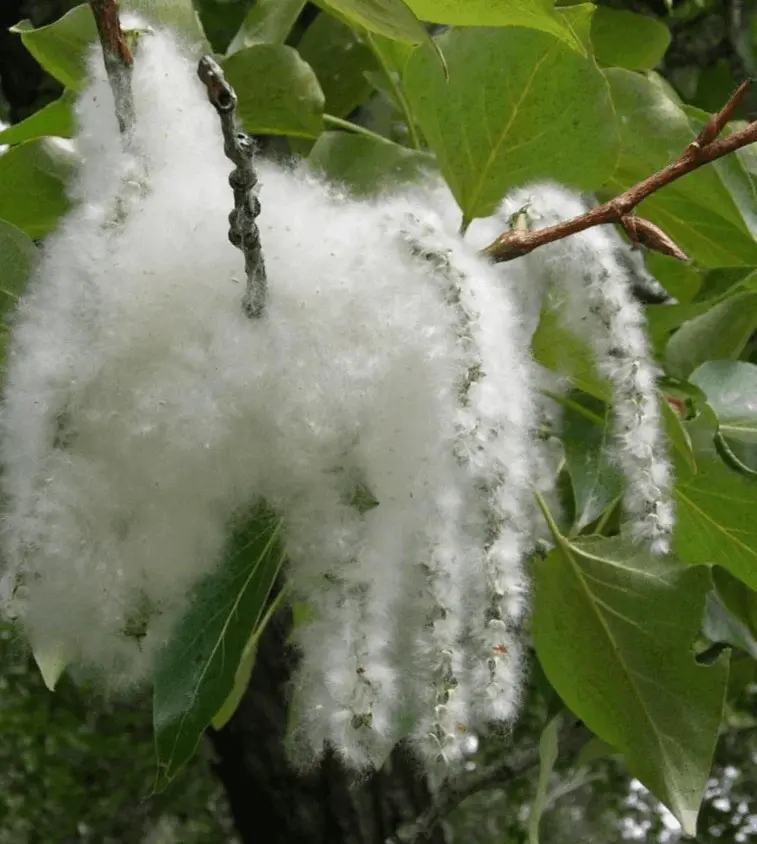

Have you ever wanted a towering, fast-growing shade tree to anchor your landscape?
Eastern Cottonwood (Populus deltoides) could be the answer. A native of North American riverbanks and floodplains, this majestic tree is recognized by its triangular, shimmering green leaves that flutter gracefully in the wind. Its wide canopy can give you precious summer within just a few years — uncommon for a deciduous tree of its size.
Though under ideal conditions it is low-maintenance, the Eastern Cottonwood is not suitable for tiny back yards. It gets big and it gets big fast, developing big, extensive root systems, which can lift sidewalks and search for water aggressively. That said, if you’ve got the space and want a tree that embodies rustic, riverside charm, this tree makes an impactful addition to parks, homesteads, or spacious gardens.
Its ability to thrive near water and tolerate floods makes it a great choice for stabilizing riverbanks or planting in rain gardens and wetter areas.
| Common Name | Eastern Cottonwood |
| Botanical Name | Populus deltoides |
| Type | Deciduous Tree |
| Height | 70–100 feet in height, 40–70 feet spread |
| Rate of Growth | Fast (up to 5–6 feet per year) |
| Sun Requirements | Full sun |
| Soil Needs | Moist, well-drained; will tolerate clay, sandy or loamy soil |
| Bloom Period | Early spring (with inconspicuous catkins) |
| Hardiness Zones | USDA Zones 2–9 |
| Toxicity | Not poisonous to humans and pets |

August 24, 2025
10 minute read
August 22, 2025
10 minute read
August 20, 2025
10 minute read
August 19, 2025
10 minute read


Join as a seller and connect with thousands of B2B buyers nationwide!
Sign Up
Caring for an Eastern Cottonwood is straightforward, but location and early management are key to long-term success. When mature, it is virtually self-sufficient, requiring only periodic checking for pests and structural health.
Young trees benefit from even moisture and room to grow roots. They’re fairly drought-tolerant when mature, however, they still prefer being close to natural water sources.
Because they grow so large, you should plant them well away from structures, septic systems and paved areas.
Here is what you need to know to help your Eastern Cottonwood flourish.
Full sun is needed for best growth. They should be grown in open spaces with a minimum of 6–8 hours of direct sunlight every day. Their growth rate slows in shadier areas and, with young trees, this lack of light may reduce a young tree's ability to properly form its structure.
They prefer moist, well-drained soils, especially sandy or silty soils typical of riverbanks. But they are tolerant of a wide range of soil types, including clay, as long as the area does not remain waterlogged for long.
pH Preference: Slightly acidic to neutral (pH 6.0-7.5).
Eastern Cottonwoods love water. When young, they require regular watering to establish strong roots. Mature trees are tolerant of occasional drought, but periodic deep watering during extended dry spells encourages healthier growth and reduces stress.
Ideal watering practices:
Minimal pruning is needed. Concentrate mainly on:
Due to its fast growth, weak or crossing branches may appear; annual checks are recommended.
Tip: Prune in late winter or early spring before the active growing season resumes.
Trees are typically cultivated from cuttings, not seeds, since they root easily from dormant hardwood cuttings.
Not a suitable tree for potting because it develops rapidly and grows to a massive size.
As a hardy deciduous tree, Eastern Cottonwood doesn’t need special overwintering care in its native zones (USDA Zones 2–9). Simply allow the tree to enter dormancy naturally in fall.
Eastern Cottonwoods produce small, inconspicuous red or yellowish catkins in early spring, followed by cottony seeds that disperse in large volumes from female trees in late spring to early summer. While the blooms themselves are not pretty, the cotton provides the appearance of snow underneath adult plants.
Though considered hardy, Eastern Cottonwood can face a few common problems. Be aware of:
Overall, the Eastern Cottonwood is one of the most resistant to major pests and diseases compared to many other fast-growing shade trees.
Eastern Cottonwood is a native, fast-growing shade tree ideal for large spaces and naturalized landscapes. Whether it’s its lustrous foliage, minimal maintenance requirements or the possibility to grow in wet soil – it is a standout choice for those wanting rapid results with minimal maintenance.
Yes, it’s non-toxic. However, avoid letting pets chew on fallen branches, which can splinter.
Extremely fast—up to 5–6 feet per year under optimal conditions.
Not recommended. Its expansive root system can damage foundations, pipes, and paved areas.
Leaves naturally fall in autumn. Stress from drought or poor soil may lead to earlier leaf drop.
No. Only female trees produce the cotton-like seeds.

Outdoor Living
Victor Miller

Lawn Care Tips & Maintenance
Victor Miller
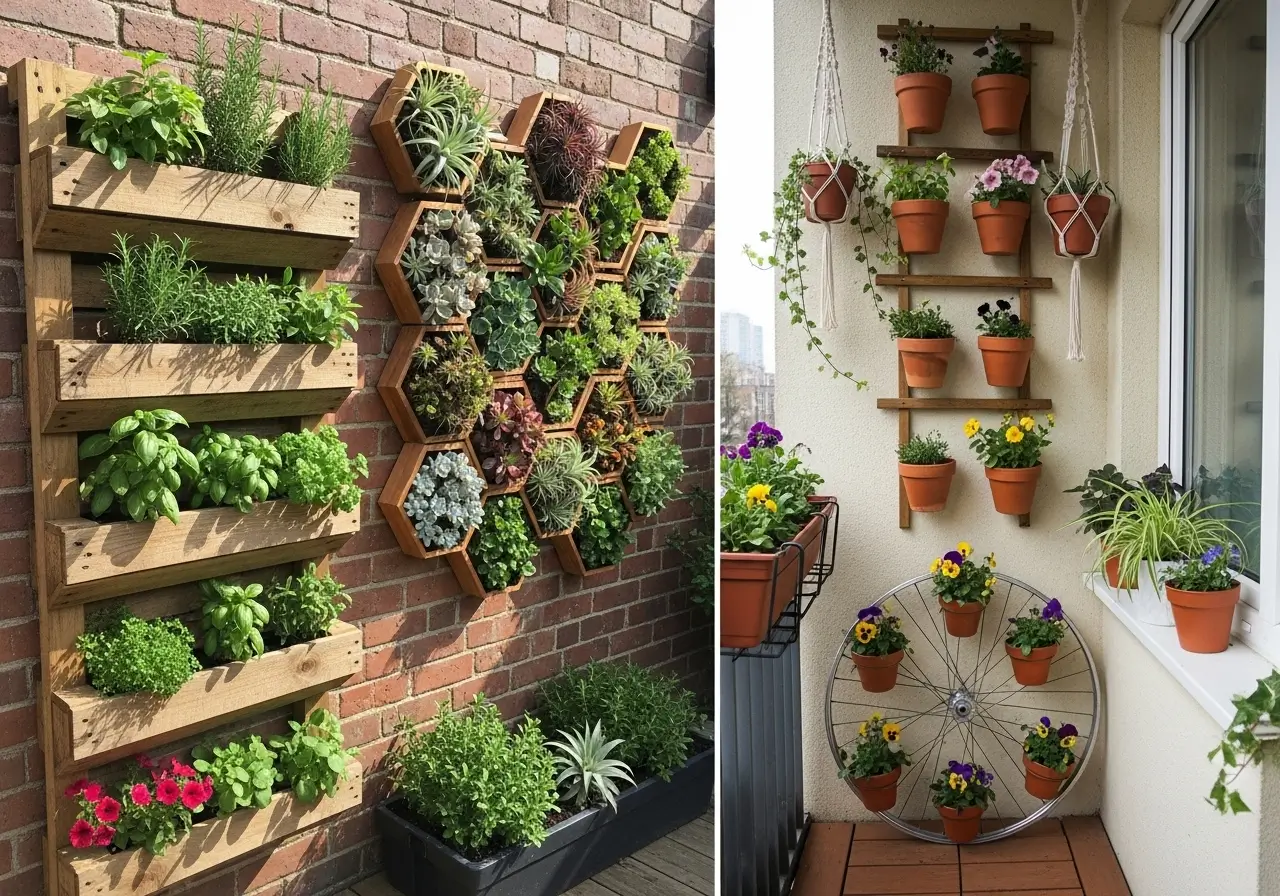
Home Landscape Ideas & Trends
Victor Miller
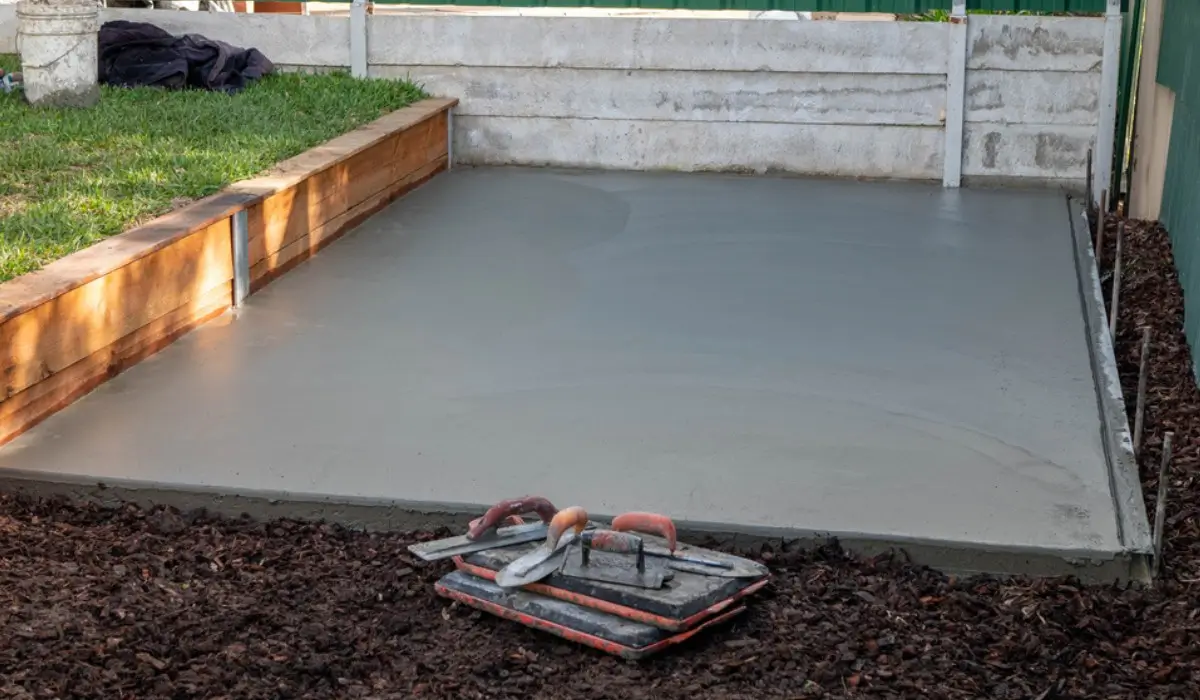
Outdoor Living
Victor Miller

Patios, Walkways & Driveways
Victor Miller
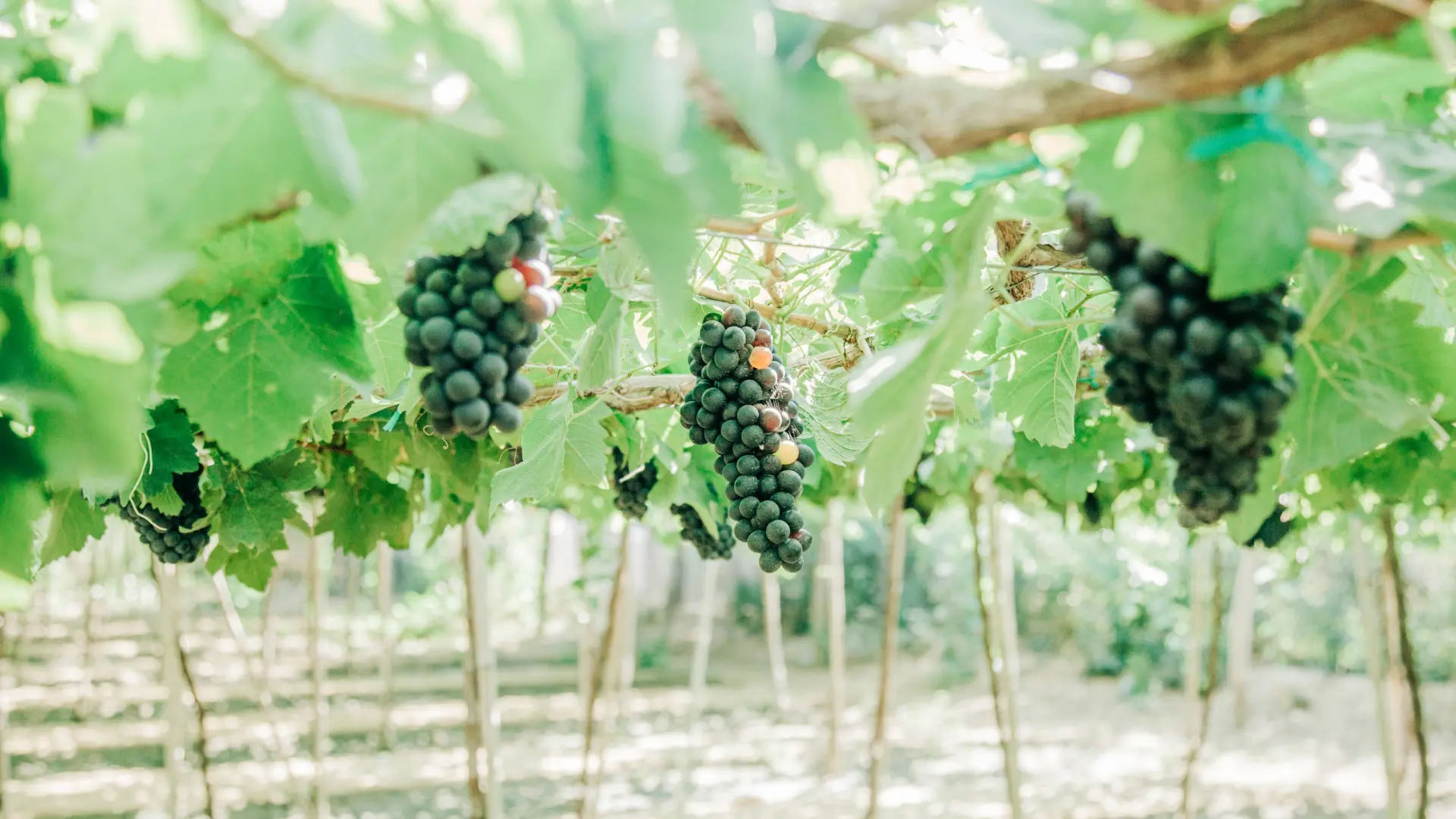
Agricultural Policy & Innovation
Gina Lazaarus

Soil Health & Fertilization
Gina Lazaarus
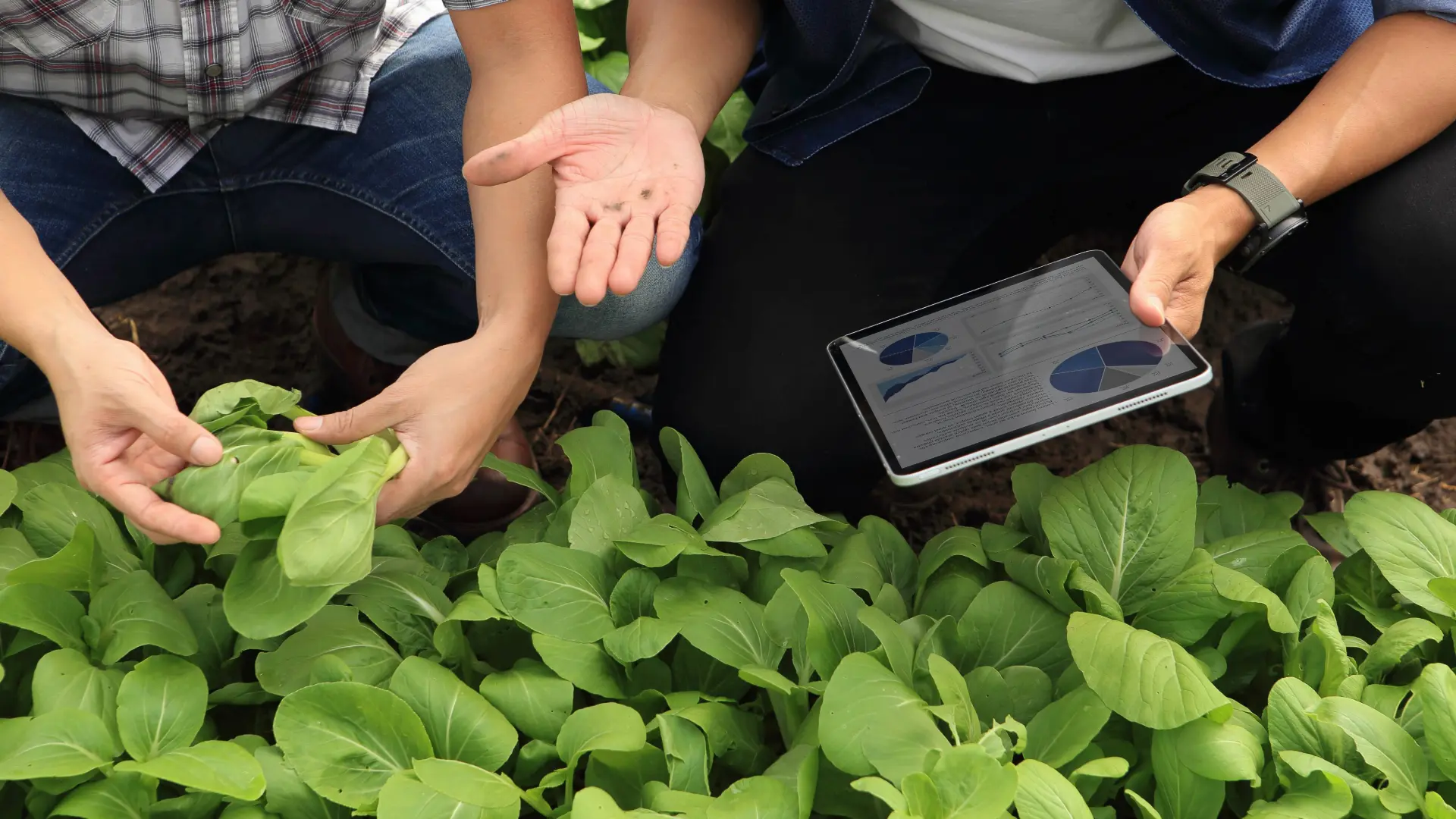
Climate
Gina Lazaarus
My Account
Our team is always here to help.
We are open Monday - Friday, 9:00 AM to 4:30 PM PST.